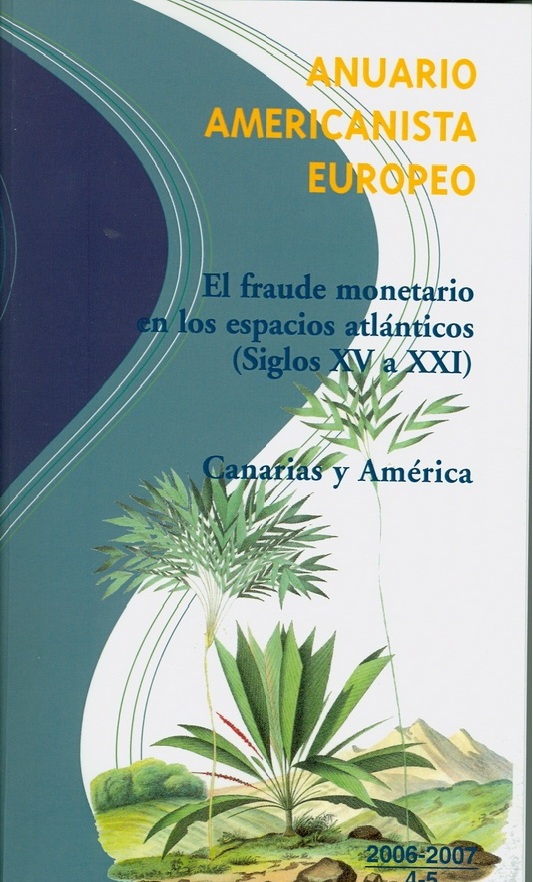Assessment of the efficiency of three sampling methods for the recovery of soil charcoals in tropical anthropogenic sites
Évaluation de l'efficacité de trois méthodes d'échantillonnage pour la récupération des charbons de bois du sol dans des sites anthropiques tropicaux
Résumé
The recovery and identification of wood charcoals from soil not associated to archaeological excavation is called pedoanthracology. Researchers in this field use different sampling methods, and only one study, in a temperate context, has compared their efficiency so far. In this paper, we compare the efficiency of three sampling methods on charcoal concentration (> 4 mm) and on taxonomic representativeness in a tropical environment for the first time. These methods are pit sampling, auger sampling and opportunistic handpicking of charcoal on tree uprooted mounds or in the soil excavated during the digging of a pit. Our results suggest that the two digging methods (pit and auger) allow to recover similar charcoal concentrations whatever the site and the depth under consideration. But as expected, the charcoal concentration of a site depends on its history (e.g. type of activity). We also show that the estimation of the minimal sampling effort required to obtain taxonomically representative assemblages, in terms of number of charcoals and of auger samplings, varied greatly depending on the site and on the presence of overrepresented taxa. Finally, our results show that auger cores were often monospecific (34 %). Nevertheless, they allowed to recover different taxa from the pit method, with 18 to 21 % of the taxa exclusive to the first method and 30 to 40 % of the taxa exclusive to the second one in the sites under consideration. Charcoals from opportunistic handpicking also allowed to improve the taxonomic diversity of the whole assemblage of a site with 5 to 15 % of the taxa being exclusive to this method. The three methods are therefore complementary and we suggest to use the three of them to obtain the best taxonomic diversity in an anthracological assemblage and to overcome the specific biases of each method. With this study, we hope that we will help tropical (pedo)anthracologists to optimize charcoal sampling in anthropogenic sites were the sampling design cannot benefit from archaeological excavations.
La collecte et l'identification de charbons de bois de sol non associées à des fouilles archéologiques est appelée pédoanthracologie. Les chercheurs dans ce domaine utilisent différentes méthodes d'échantillonnage, et une seule étude, dans un contexte tempéré, a comparé leur efficacité jusqu'à présent. Dans cet article, nous comparons pour la première fois l'efficacité de trois méthodes d'échantillonnage sur la concentration en charbon de bois (> 4 mm) et sur la représentativité taxonomique dans un environnement tropical. Ces méthodes sont l'échantillonnage en fosse, l'échantillonnage à la tarière et le prélèvement manuel opportuniste de charbon de bois sur des monticules d'arbres déracinés ou dans le sol excavé lors du creusement d'une fosse. Nos résultats suggèrent que les deux méthodes de creusement (fosse et tarière) permettent de retrouver des concentrations de charbon de bois similaires quels que soient le site et la profondeur considérés. Mais comme prévu, la concentration en charbon de bois d'un site dépend de son histoire (ex. : type d'activité). Nous montrons également que l'estimation de l'effort d'échantillonnage minimal requis pour obtenir des assemblages taxonomiquement représentatifs, en termes de nombre de charbons de bois et de nombre de prélèvements à la tarière, varie fortement en fonction du site et de la présence de taxons surreprésentés. Enfin, nos résultats montrent que les tarières étaient souvent monospécifiques (34 %). Néanmoins, ils ont permis de récupérer des taxons différents de la méthode de la fosse, avec 18 à 21 % des taxons exclusifs à la première méthode et 30 à 40 % des taxons exclusifs à la seconde dans les sites considérés. Les charbons provenant d'une collecte manuelle opportuniste ont également permis d'améliorer la diversité taxonomique de l'ensemble de l'assemblage d'un site avec 5 à 15 % des taxons exclusifs à cette méthode. Les trois méthodes sont donc complémentaires et nous proposons de les utiliser toutes les trois pour obtenir la meilleure diversité taxonomique dans un assemblage anthracologique et pour surmonter les biais spécifiques de chaque méthode. Avec cette étude, nous espérons aider les (pédo)anthracologues tropicaux à optimiser l'échantillonnage des charbons de bois dans les sites anthropiques où le plan d'échantillonnage ne peut bénéficier des fouilles archéologiques.
Origine : Fichiers produits par l'(les) auteur(s)





